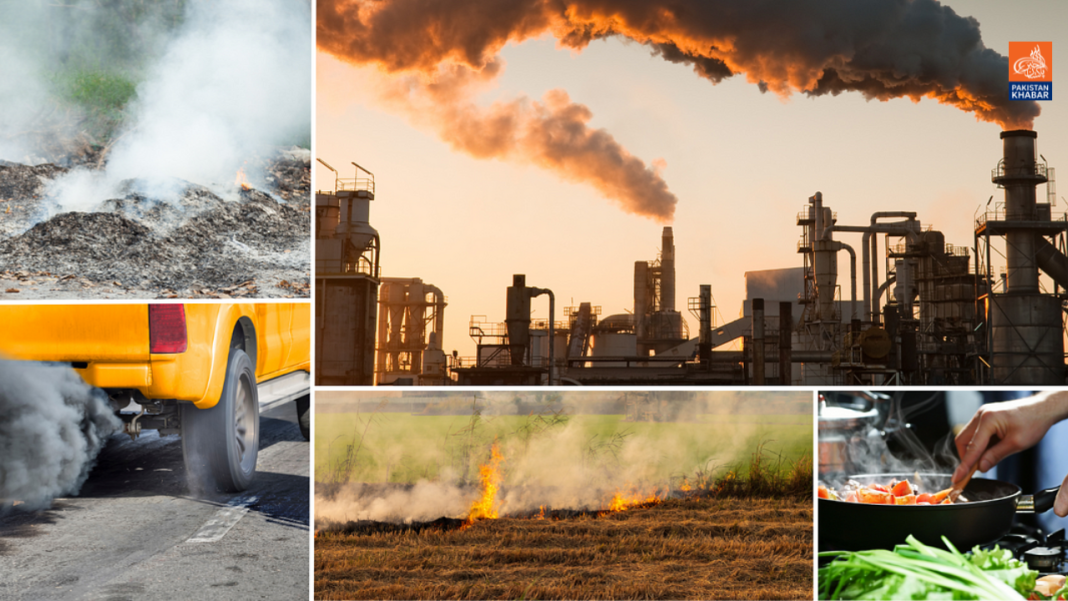The incinerator at the Pakistan Institute of Medical Sciences (PIMS) Hospital, intended for the safe disposal of hazardous medical waste, has become a major source of concern for residents of the F-8, G-7, and G-8 sectors. Since the last quarter, these communities have been exposed to thick, dark smoke and heightened pollution levels from the incinerator.
An incinerator is a costly piece of infrastructure designed to convert solid or liquid waste, whether hazardous or non-hazardous, into gas or ash, reducing its volume, toxicity, or harmfulness. The primary outputs of incineration are carbon dioxide (CO2), water, and ash, but the process also produces compounds containing sulfur, nitrogen, and halogens, which pose serious health and environmental risks.
The PIMS incinerator operates at high temperatures ranging from 850°C to 1200°C, converting waste into flue gas CO2 and water as byproducts. The Pakistan Environmental Protection Agency (Pak-EPA) has been notified of the situation and is taking action in accordance with the Pakistan Environmental Protection Act of 1997.
Resident Suleman Bilal told APP that the incinerator emits thick, dark smoke, particularly during the morning and evening hours, making the air difficult to breathe. “The incinerator is located next to the hospital, near the Paediatric ward, burn centre, and cafeteria, where many visitors are present. They are at risk of serious health issues and respiratory diseases due to the acrid smoke directly affecting their nostrils and lungs,” he said, calling on authorities to intervene and end this hazardous practice at the healthcare facility.
Despite repeated attempts to contact PIMS spokesperson Dr. Mubashir for an official statement, he did not respond.
Medical student Tahir Shah urged the Prime Minister’s Coordinator on Climate Change to prioritise this issue and ensure legal action is taken. He stressed the importance of protecting public health, particularly for vulnerable groups like infants, women, and the elderly.




